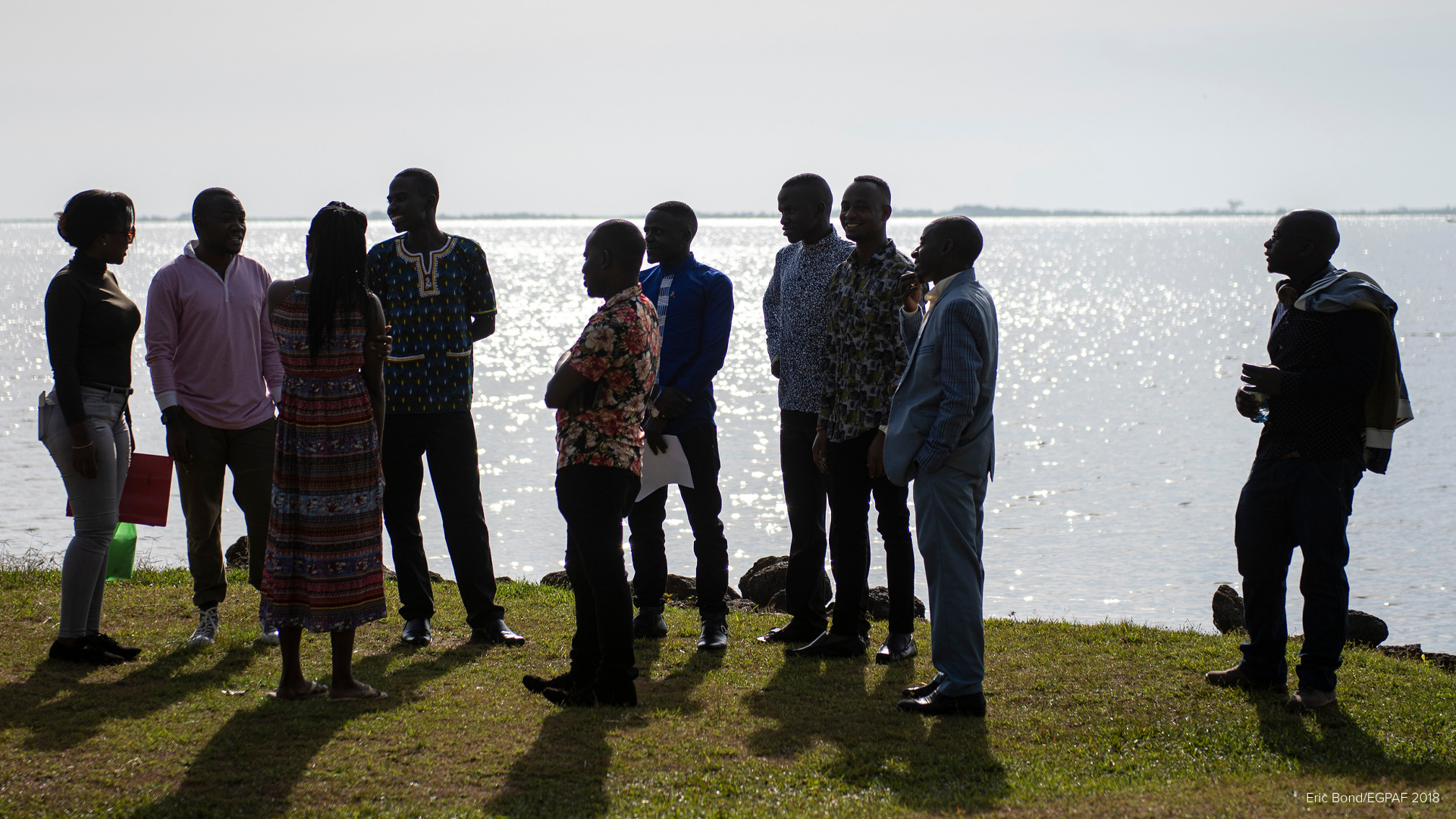Explore Related Stories

Reabetsoe with his mother, Motšelisi – Eric Bond/EGPAF 2024
Story
Young Mothers Rewrite the Story of Lesotho
Published November 2025
Reabetsoe waves and laughs as his mother, Motšelisi Tsubane, 23, leans in, singing his name and dangling a homemade ball. Reabetsoe is a healthy 4-month-old, learning how to focus his eyes and move his arms and legs. He has transformed this family. “My son likes it when I sing lullabies for him—you see him smile and act happy,” […]
Read Story
Topics:
Children,
Prevention of Mother-to-Child Transmission (PMTCT),
Women
Countries:
Lesotho

Story
The Right Way Forward
Published November 2024
Makananelo Maboka, a 25-year-old mother of two children, has not always had an easy life. From Ha Mofoka in Jerusalema village, Lesotho, she was raised by her grandmother. When she was in grade 9 her granny passed away leaving her without a caretaker. She dropped out of school to take care of herself and take on […]
Read Story
Topics:
Prevention of Mother-to-Child Transmission (PMTCT),
Women
Countries:
Lesotho

Story
#YouthLead for the Future
Published September 2024
As leaders from around the world gather for the 79th session of the United Nations General Assembly, one word is on everyone’s mind: Future. World leaders are responsible for acting and making a better future, but it is young people who will live with the successes or consequences of those actions. We reached out to […]
Read Story
Topics:
Adolescents,
General
Countries:
Democratic Republic of Congo,
Eswatini,
Kenya,
Lesotho,
Malawi

